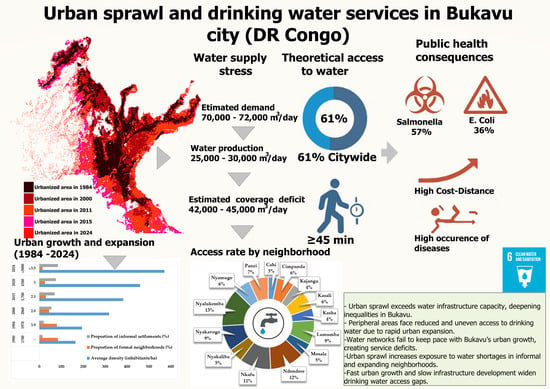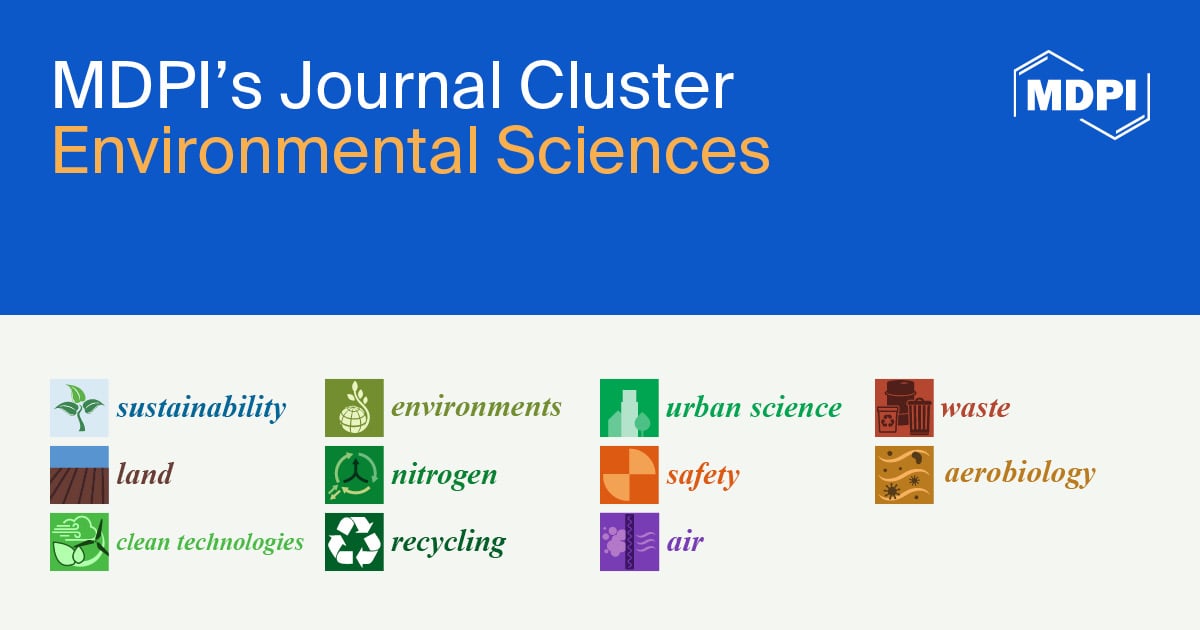-
 Integrated LUC Indicators for Sustainable Urbanization in New City Development
Integrated LUC Indicators for Sustainable Urbanization in New City Development -
 Open-Access Platforms for Carbon Neutral Cities
Open-Access Platforms for Carbon Neutral Cities -
 Design and Management of Temporary Urban Events in Public Spaces
Design and Management of Temporary Urban Events in Public Spaces -
 Expanding the Concept of Mobility Culture(s) as a Driver of Transit Modal Share: Insights from a Comprehensive Analysis Based on Geographically Weighted Regression (GWR)
Expanding the Concept of Mobility Culture(s) as a Driver of Transit Modal Share: Insights from a Comprehensive Analysis Based on Geographically Weighted Regression (GWR)
Journal Description
Urban Science
- Open Access— free for readers, with article processing charges (APC) paid by authors or their institutions.
- High Visibility: indexed within Scopus, ESCI (Web of Science) and other databases.
- Journal Rank: JCR - Q1 (Geography) / CiteScore - Q1 (Urban Studies)
- Rapid Publication: manuscripts are peer-reviewed and a first decision is provided to authors approximately 25.5 days after submission; acceptance to publication is undertaken in 4.4 days (median values for papers published in this journal in the first half of 2025).
- Recognition of Reviewers: reviewers who provide timely, thorough peer-review reports receive vouchers entitling them to a discount on the APC of their next publication in any MDPI journal, in appreciation of the work done.
Latest Articles
E-Mail Alert
News
Topics
Deadline: 31 December 2025
Deadline: 31 January 2026
Deadline: 28 February 2026
Deadline: 15 March 2026
Conferences
Special Issues
Deadline: 31 December 2025
Deadline: 31 December 2025
Deadline: 31 December 2025
Deadline: 31 December 2025






























